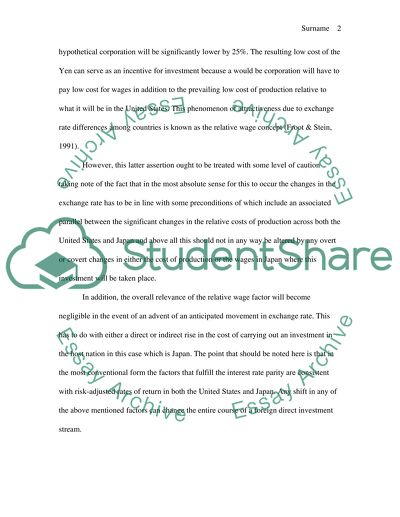Cite this document
(Exchange Rates and Foreign Direct Investment Case Study, n.d.)
Exchange Rates and Foreign Direct Investment Case Study. Retrieved from https://studentshare.org/macro-microeconomics/1499728-japan-foreign-direct-investment
Exchange Rates and Foreign Direct Investment Case Study. Retrieved from https://studentshare.org/macro-microeconomics/1499728-japan-foreign-direct-investment
(Exchange Rates and Foreign Direct Investment Case Study)
Exchange Rates and Foreign Direct Investment Case Study. https://studentshare.org/macro-microeconomics/1499728-japan-foreign-direct-investment.
Exchange Rates and Foreign Direct Investment Case Study. https://studentshare.org/macro-microeconomics/1499728-japan-foreign-direct-investment.
“Exchange Rates and Foreign Direct Investment Case Study”, n.d. https://studentshare.org/macro-microeconomics/1499728-japan-foreign-direct-investment.


